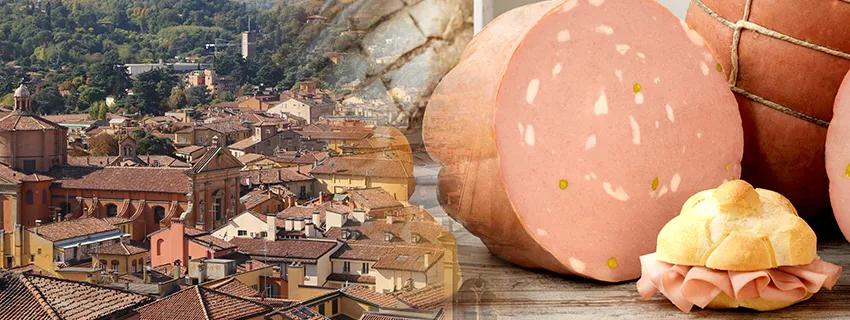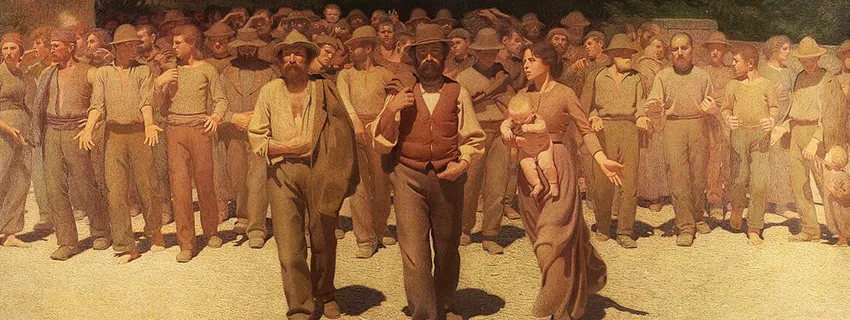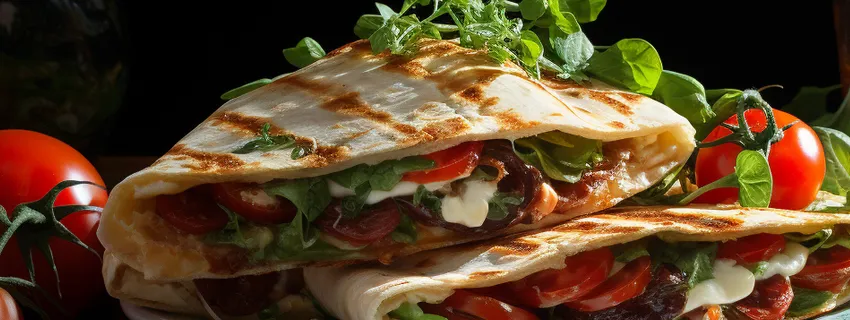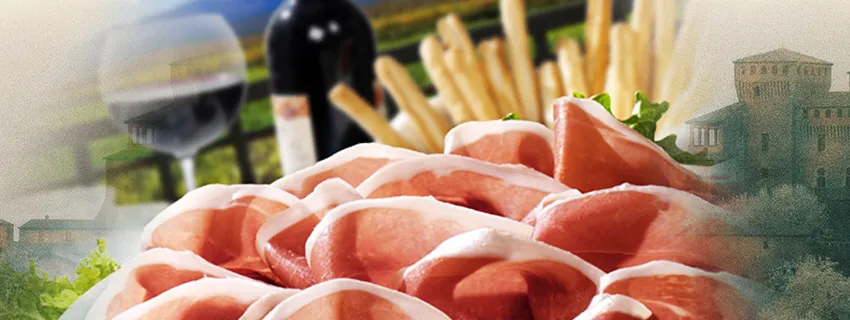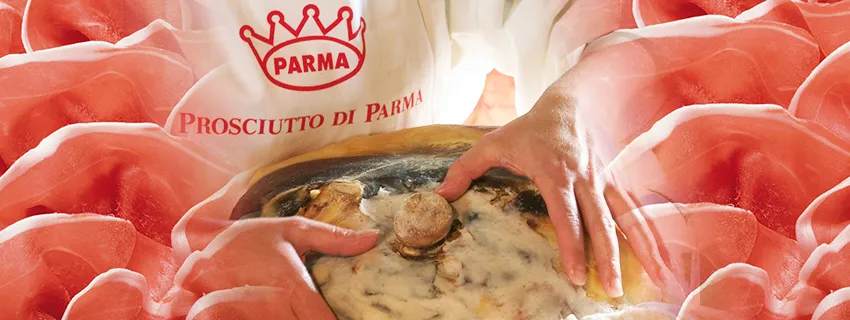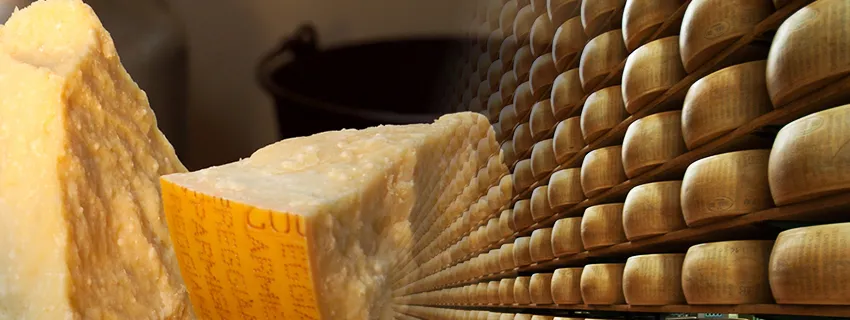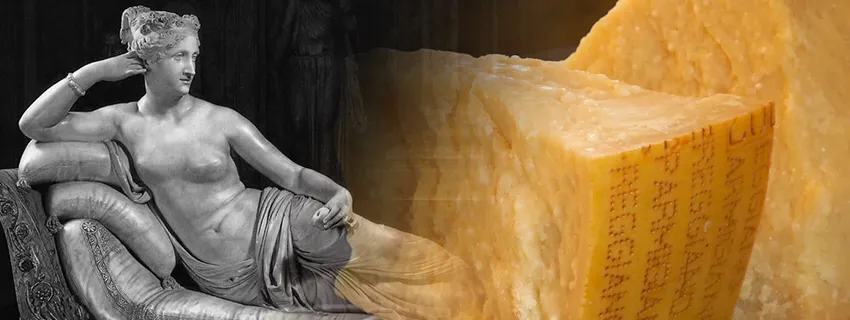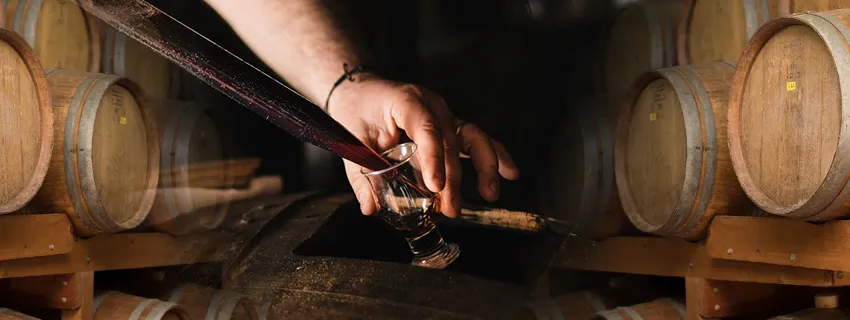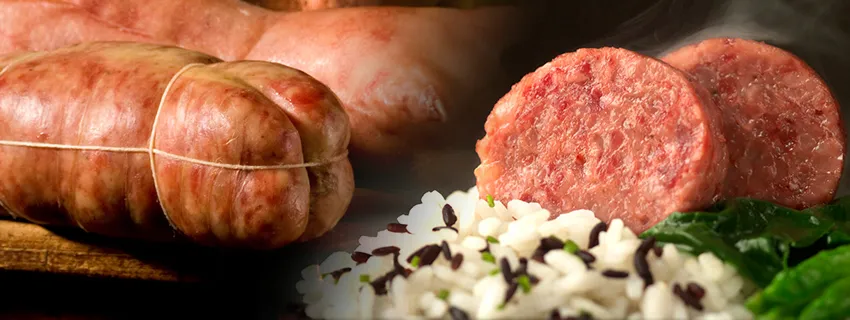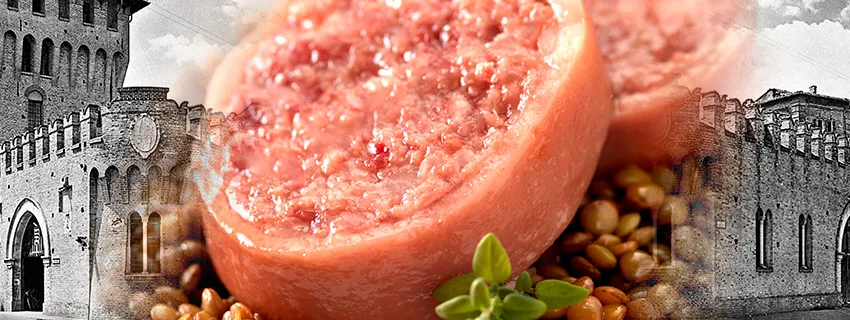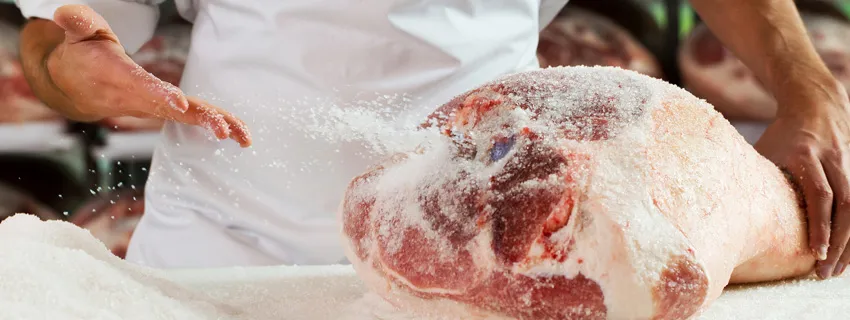Published:
Author: Antonio Maria Guerra
Emilia-Romagna Region
The Most Typical Specialties

Welcome! This section of WebFoodCulture is dedicated to the most typical specialties from the Italian region of Emilia-Romagna. We will explain what makes them so special and inimitable, starting with their history and places, all seasoned with a large number of curiosities. Finally, we will discover the most traditional restaurants and producers, thanks to which it will be possible to savor the most authentic taste of these delicacies. Enjoy the reading!
‘Culatello’ is a cured meat produced for many centuries in some villages of the Parma province: above all, the Municipality of Zibello. The connection between this specialty and its territory of origin is indissoluble: regarding this, it should be remembered that its unique taste depends, among other things, on the peculiar alternation in this area of hot and dry summers with cold and humid winters. (read more)
Origin: Zibello (Emilia-Romagna) Typology: Cold Cuts
Last update
In this article we will discover how Culatello di Zibello, considered by many to be the ‘king of cured meats’, is produced. (read more)
Origin: Zibello (Emilia-Romagna) Typology: Cold Cuts
Mortadella is a typical Italian cold cut whose origins lie belong to a distant past: some scholars speculate that they could date back to the medieval period, others to the Roman or even Etruscan era.
(read more)
Origin: Bologna (Emilia-Romagna)
Typology: Cold Cuts
In this article we will find out how mortadella is made. A procedure whose origins date back to the Middle Ages, passed down through generations, and still used today by the most traditional producers of this cured meat. (read more)
Origin: Bologna (Emilia-Romagna)
Typology: Cold Cuts
Emilia-Romagna Region.
La Regione Veneto è situata nella parte nord-orientale della penisola italiana. Il suo nome deriva da quello del popolo di origine indoeuropea che si insediò in questa zona a partire dal secondo millennio a.C.: i ‘Veneti’ o ‘Venetici’. Il centro amministrativo della regione è Venezia, città famosa nel mondo, ricca di arte e storia. I capoluoghi di provicia sono Padova, Verona, Treviso, Belluno, Vicenza e Rovigo.

In Italy, during the second part of the last century (and, in part, still today), Mortadella was considered, in the collective imaginary, as the ‘proletarian’ cold cut par excellence: the essential filling of the sandwich (‘panino’), which was the typical breakfast for the average worker.
(read more)

The birth of Lambrusco is closely related to the evolution of the wild vine (‘Vitis Silvestris’) in the territory corresponding to the current provinces of Modena, Reggio Emilia, Parma (in the Emilia-Romagna region) and Mantua (in the Lombardy region). Not surprisingly, the first written evidences about this plant and its domestication for the production of wine can be found in the works of Cato, Varro, Pliny the Elder and Virgil. (read more)
Origin: Emilia- Romagna / Lombardy Typology: Wines
It’s almost impossible to determine the date of birth of ‘Piadina’: we know for sure that it’s the result of the evolution of unleavened bread, whose origins are lost in time. (read more)
Origin: Emilia-Romagna
Typology: Street Food
Prosciutto di Parma is probably the most famous and appreciated Italian ham. As it’s easy to understand from the name, this specialty is originally from the province of Parma, located in Emilia-Romagna region. (read more)
Origin: Parma (Emilia-Romagna)
Typology: Cold Cuts
Prosciutto di Parma is a cured meat that requires not only exceptional quality of raw material, but also great skill in the various steps of its preparation. In this article we will briefly describe these steps.
(read more)
Origin: Parma (Emilia-Romagna)
Typology: Cold Cuts
For more than 30 years a very interesting event has been organized in the small Italian town of Castelnuovo Rangone (in the province of Modena), an event during which Zampone is celebrated. It’s not surprising, considering that pigs has always been at the very center of the economic life of this area.
Read more
On this occasion a huge ‘SuperZampone’ is made by the local Master Salumieri: suffice it to say that the one prepared in 2014 was so big (1038 kg) that rightfully entered the Guinness Book of World Records. The event, in addition to a large number of people, has always attracted many celebrities, including the tenor Luciano Pavarotti and the conductor Claudio Abbado.
The Association that has linked itself to the specialty has an official website (LINK).
(read more)
It’s not possible to understand the value of Pamigiano Reggiano, the original Parmesan cheese, without knowing its history, which spans more than 900 years, its places and its top quality ingredients.
(read more)
Origin: Emilia-Romagna
Typology: Cheeses
Parmigiano Reggiano, also known outside Italy as ‘Parmesan’, is a ‘hard paste’ cheese, characterized by low water content and an aging period that can vary from a minimum of 12 months to well over 30.
(read more)
Origin: Emilia-Romagna
Typology: Cheeses
Although there is no scientific evidence for this, Parmigiano Reggiano is often considered a type of food with aphrodisiac properties. A possible explanation for this probably lies in the presence in this cheese of a particular type of amino acid indirectly linked to sexual desire. (read more)
Part of the value of Balsamic Vinegar depends to the fascinating events characterizing its past, when it was considered an elixir worthy of a king, part derives from the quality of its grapes, the fruit of a specific territory, located between the ancient cities of Modena and Reggio Emilia. (read more)
Origin: Modena (Emilia-Romagna) Typology: Sauces & Condiments
In this article we will find out how balsamic vinegar is made. A very ancient procedure, whose origins date back to the era of the pharaohs. (read more)
Origin: Modena (Emilia-Romagna)
Typology: Sauces & Condiments
‘Cotechino’ is a particular type of cured meat, preprared with a mixture of pork (fat and rind included), salt and various seasonings, all enclosed in a natural casing consisting of pork innards. Cylindrical in shape, it looks like a large sausage.
(read more)
Origin: Modena (Emilia-Romagna)
Typology: Cold Cuts / Main Courses
Zampone is a typical sausage from the province of Modena, a town with ancient origins located in the Italian region of Emilia-Romagna. The specialty, made from pork, is the heir to a very old peasant tradition: a characteristic that contributes to increase its appeal. (read more)
Origin: Modena (Emilia Romagna)
Typology: Cold Cuts / Main Courses
In ancient times salt was so precious that it was often used as a method of payment for Roman legionaries (hence the word ‘salary’ and its Italian translation ‘salario’). (read more)
Copyright information.
To get copyright information about the images on this page, please refer to the copyright section of each article.



